SNVSBU3 March 2021 LP87702
PRODUCTION DATA
- 1 Features
- 2 Applications
- 3 Description
- 4 Revision History
- 5 Pin Configuration and Functions
- 6 Specifications
-
7 Detailed Description
- 7.1 Overview
- 7.2 Functional Block Diagram
- 7.3
Feature Descriptions
- 7.3.1 Step-Down DC/DC Converters
- 7.3.2 Boost Converter
- 7.3.3 Spread-Spectrum Mode
- 7.3.4 Sync Clock Functionality
- 7.3.5 Power-Up
- 7.3.6 Buck and Boost Control
- 7.3.7 Enable and Disable Sequences
- 7.3.8 Window Watchdog
- 7.3.9 Device Reset Scenarios
- 7.3.10 Diagnostics and Protection Features
- 7.3.11 OTP Error Correction
- 7.3.12 Operation of GPO Signals
- 7.3.13 Digital Signal Filtering
- 7.4 Device Functional Modes
- 7.5 Programming
- 7.6 Register Maps
- 8 Application and Implementation
- 9 Power Supply Recommendations
- 10Layout
- 11Device and Documentation Support
- 12Mechanical, Packaging, and Orderable Information
Package Options
Mechanical Data (Package|Pins)
- RHB|32
Thermal pad, mechanical data (Package|Pins)
- RHB|32
Orderable Information
6.7 Typical Characteristics
Unless otherwise specified: VIN = 3.3 V, TA = 25°C, ƒSW -setting 4 MHz, L0 = L1 = 0.47 µH (TOKO DFE252012PD-R47M), L2 = 1 µH (TFM252012ALMA1R0), COUT_BUCK = 22 µF, and CPOL_BUCK = 22 µF, COUT_BOOST = 22 µF. Measurements are done using connections in the Figure 8-1.
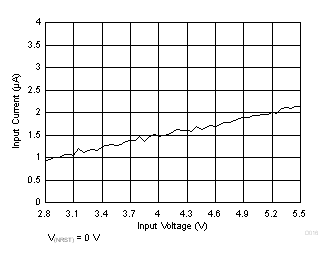 Figure 6-2 Shutdown Current Consumption vs Input Voltage
Figure 6-2 Shutdown Current Consumption vs Input Voltage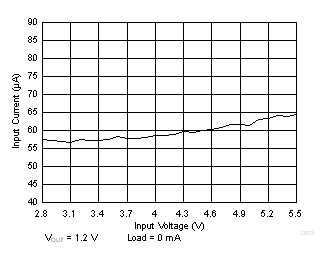 Figure 6-4 Active State Current Consumption vs Input Voltage, One Buck Converter
Enabled in PFM Mode
Figure 6-4 Active State Current Consumption vs Input Voltage, One Buck Converter
Enabled in PFM Mode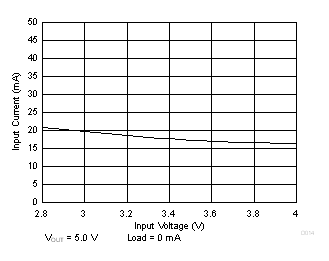 Figure 6-6 Active State Current Consumption vs Input Voltage, Boost Converter Enabled
in PWM Mode
Figure 6-6 Active State Current Consumption vs Input Voltage, Boost Converter Enabled
in PWM Mode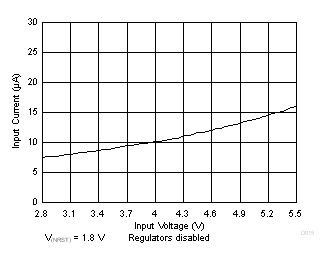 Figure 6-3 Standby Current Consumption vs Input Voltage
Figure 6-3 Standby Current Consumption vs Input Voltage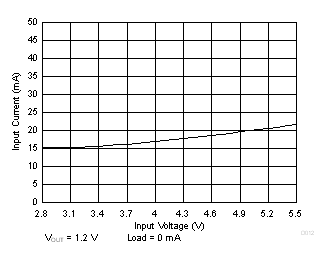 Figure 6-5 Active State Current Consumption vs Input Voltage, One Buck Converter
Enabled in PWM Mode
Figure 6-5 Active State Current Consumption vs Input Voltage, One Buck Converter
Enabled in PWM Mode